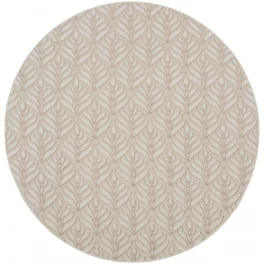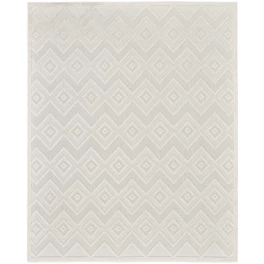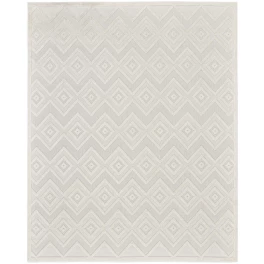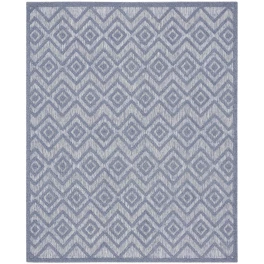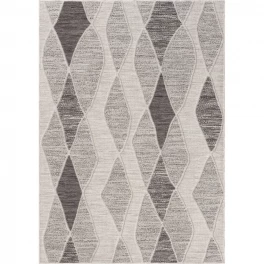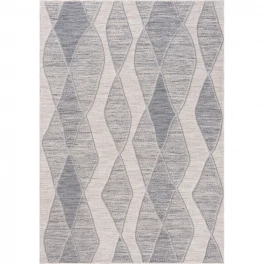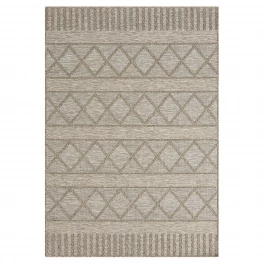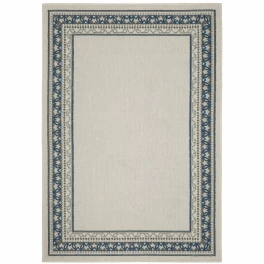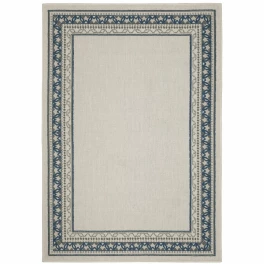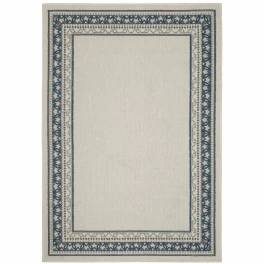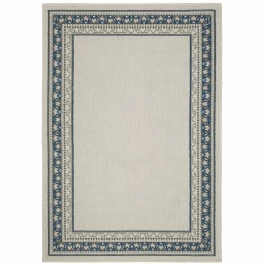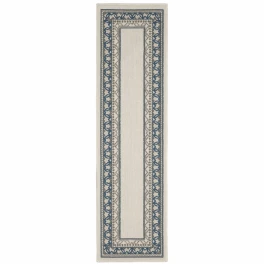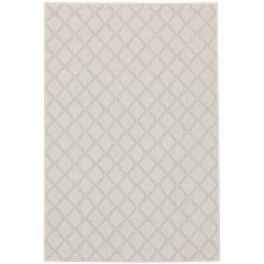The cost of mold removal is around $1,006 to $1,335 on average in the United States. The cost can vary greatly depending on the circumstances, with small removal jobs being around only $30 to $60, while larger mold remediation jobs being $4,300 to $15,500. There are many factors to consider when the mold removal company gives you a quote for their services, specifically the severity and scope of your house’s mold problem. Other issues to take into consideration include the general cause of mold, which will need to be addressed, as well as any items that have become damaged by mold, which will need to be either disposed of properly or restored.
Mold isn’t just an aesthetic problem, it can actually create severe health problems for you and your loved ones. If you believe you have mold in your home, we recommend looking into a mold inspection and a mold removal specialist as soon as possible in order to keep you and your family safe.
Table of Contents
How much does mold remediation cost?
How much is mold removal? Mold remediation costs are split into two different factors: inspection and actual removal.
Mold Inspection Cost
Before mold removal can even occur, an inspection from a professional will typically take place. Mold inspection costs $250 to $300 on average for residential areas, but for commercial areas, it will typically start at around $500. This will include both inspecting and testing your home for mold.
It is important to note, this cost is for an entire home. An isolated area will have a lesser cost, but it is rare that a residential home only has mold in one area. Also, home mold removal costs will be less expensive than in commercial areas.
There are multiple kinds of inspection tests. Most home mold professionals will employ multiple tests to determine the mold levels in an area. These tests will take place throughout your home, as a large amount of mold in one area in a home does not mean that it is that severe throughout the home. The mold inspectors will be able to determine exactly the mold amount through these tests.
The two most common tests are swab testing, which typically goes for $200 to $300, and air cell testing, which typically goes for $250 to $350. Swab testing is collected from a physical area that is suspected of having mold and is typically completed in conjunction with air cell testing. Air cell testing collects an air sample to test for mold spores. The cost is higher for this type of test as it requires more expensive equipment.
Some mold remediation companies offer inspection for free, so be sure to ask your mold remediation company. These inspections may lead to slight damage. For example, it may lead to small sections of wallpaper being cut to examine the drywall, or small areas of carpet being torn out to test floorboards. Both of these actions may release toxic spores into the air.
Inspectors will examine areas of potential growth, as well as look for sources of moisture. They will also test the air quality using the previously mentioned air cell test. Lastly, they will check specific mold hot spot areas for past or current signs of mold growth. They can also likely give you a mold estimate in terms of cost.
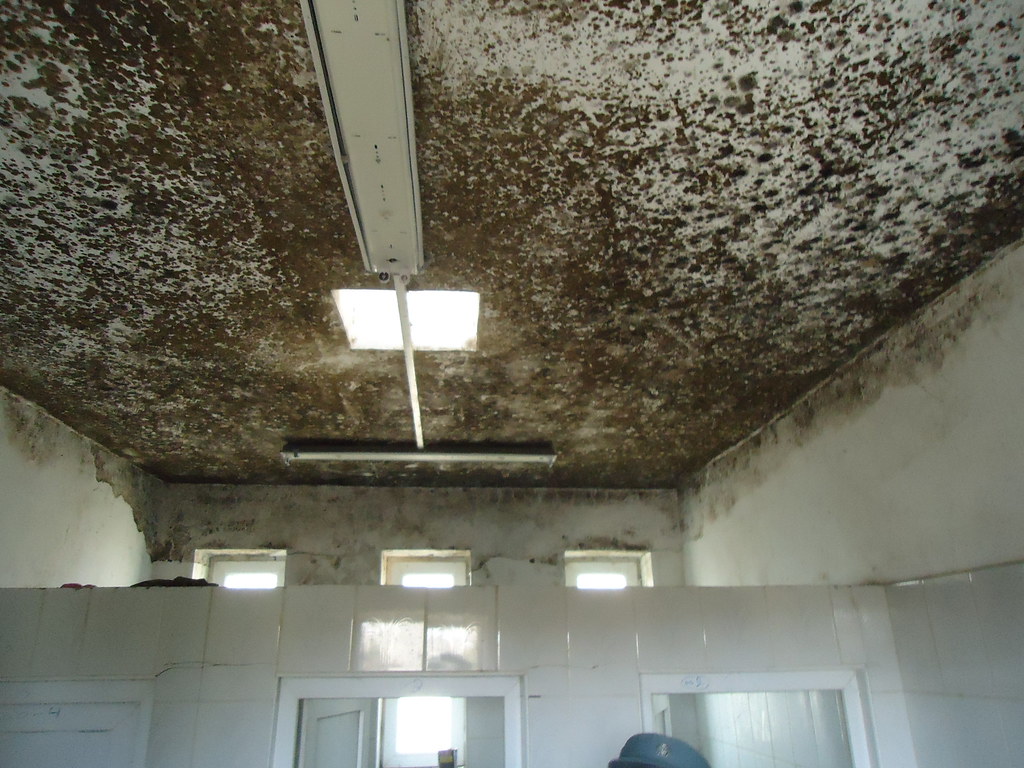
Professional Mold Removal Costs
Mold removal is calculated by the square footage of your home. This cost varies greatly depending on severity and scope, but also where you live and general labor costs. Prices range from $5 to $25 per square foot. If you are having mold removed from your entire home, the cost will quickly add up even at the lowest cost. Much of the cost comes from the high price tag of the equipment used. For example, a High-Efficiency Particulate Air (HEPA) vacuum is specifically made for this kind of activity, and costs around $10,000. Individuals using HEPA vacuum must wear proper safety equipment as well as be specifically trained in using it. The cost of mold remediation may feel overwhelming and overpriced, but that is not the case.
Is mold removal expensive? Well, it depends on many factors, and the price can vary greatly from $30 to $15,500.
Mold Remediation Cost Average:
| Average Range | $1,006 - $1,335 |
| Low-End Range | $30 - $60 |
| High-End Range | $4,300 - $15,500 |
What determines mold remediation cost?
There are a few important factors which will drastically affect the total price of your home’s mold abatement cost. Mold removal services costs depend on the following factors:
Size of the Mold Infestation
As we’ve mentioned, mold removal is typically calculated based on square footage. Mold remediation price is based on how large an area is covered with mold. Mold can spread quickly throughout an area, so this cost may add up quickly. If you have an area smaller than 10 feet covered in mold, you can likely take care of the situation yourself and save money. The average house is 2,687 square feet. If the entire house is covered by mold, then the cost for even the lowest prediction of $5 will be $13,435. This is a rare circumstance as most homes do not have mold throughout the entire home, but it can allow you to see how quickly the cost will add up.
Location of Mold
How much does mold remediation usually cost? The location of the mold will also determine the cost. Sometimes, mold will be in hard-to-reach areas. Here is a list of common mold locations, and how price differs for each location:
| Typical Rooms | Removal Costs |
| Attics | $1,000 to $4,000 |
| Basements | $2,000 to $6,200 |
| Crawl Spaces | $1,500 to $15,000 |
| Drywalls Or Concrete Walls | $1,000 and $20,000 |
| Heating or Ventilation | $3,000 to $10,000 |
| Bathrooms | $500 to $1,000 |
| Whole House | $10,000 to $30,000 |
Attics are typical mold locations as roof leakages are common issues for homeowners. Attic spore removal is typically around $1,000 to $4,000, however, if you have a very easy attic to access such as a finished room, the price may be lower. If the leak is extremely large, expect to pay more, as well as pay for fixing your roof or insulation.
Basements are another common location for mold as mild flooding may occur in this area of the home. Basement mold removal cost estimate is typically around $500 to $3000. To prevent future issues, you may also want to consider sealing your foundation, which will cost another $2,000 to $6,200. How much to remove mold from a basement depends on the kind of basement you have, as an unfinished, hard-to-navigate basement will be more expensive to care for.
Crawl spaces will also tend to have mold in them, but the area is typically very small so the cost will be much lower than other areas of the home. The typical cost for mold removal in crawl spaces is $500 to $2,000. To prevent future mold growth, the area can be encapsulated for $1,500 to $15,000.
Drywalls or concrete walls may have mold, and the cost for this area of your home will quickly add up. To remove the growth, it will be between $1,000 and $20,000, which will greatly depend on whether a simple treatment is required or if the entire wall needs to be replaced. You may also need to repair the drywall itself, which will add another $273 to $763 to your bill. If removed from a wooden wall, expect to pay around $700 to $5,000. If you need to completely replace your concrete wall, the price can be $10,000 or more.
Heating or ventilation systems may also have mold growth. The cost will be around $3,000 to $10,000. In areas like this, special cleaning will be required as airborne spores will need to be thoroughly removed as well. The price will differ depending on the type of system. For example, radiant heating systems will be the cheapest, furnaces and air handlers will be second, and the most expensive will be air conditioners. Air ducts will be between $600 and $2,000.
Bathrooms are another area where mold is common. Bathroom mold removal costs are typically between $500 to $1,000, in terms of mold removal. Mold growth behind heavy bathroom appliances, like vanity, sink, or tub, can increase the price to more than $8,000.
Whole homes can have mold issues, especially toxic spores. If this is the case, expect to pay from $10,000 to $30,000 for the entire project. This price takes into account both removal and repairing water damage, but does not take into account the price to replace items in your home which will likely be the case and will likely add on greatly to this cost. Mold damage repair costs can quickly add up, but it is worth it.
Cause of Mold
The cost to get rid of mold depends on the cause of the mold growth in your home. Mold can be the cause of other faulty items in your home, which will need to be addressed and replaced. These items can cost a hefty amount, more so than even the mold removal prices at times. Here are a list of broken items which may cause mold growth in your home:
- Broken pipes
- Leaky roof shingles
- Poor insulation
- Faulty AC units
Another thing to consider is that black mold, or toxic mold, may have a higher price tag regardless of its source, as it requires special techniques. Black mold removal costs will be much higher than other types of mold.
Damages and Restoration
Mold may cause damage to your home and the items in your home, specifically fabric and furniture. You can have these items disposed of, but you can also have them repaired. The price repair fabric damage restoration is typically $108 to $700, on average. Some mold removal companies will provide this surface, and you will not have to seek out an outside individual to do this task. Mold repair costs take into account delicate care for your loved items, regardless of material, as well as care for the repair professional’s health.
What is the mold remediation process?
The mold remediation process is a multi-part process, which involves mold-killing, removing dead fungi, disinfection, and preventage methods.
How long does mold remediation take?
The time it takes to remove mold from your home depends on the severity of the issue, as well as the amount of mold and the company you choose to hire. The length of time may be one day to up to a week. Mold inspection will also take a few days, as the lab will need to test the findings. Your professional mold removal specialist will be able to give you a mold removal estimate, both in terms of time and cost.
Step-by-Step Mold Remediation Process
Let’s have a look at the mold remediation process, step by step. Remediation is often used interchangeably with the term removal, however, mold removal is only one part of the remediation process.
First, professionals will perform a mold inspection. If you already physically see mold growth, this may not be required. A mold inspection will determine the type of mold, as well as the presence of mold air spores.
Next, professionals will identify and fix the source of the mold. Mold removal will only be effective if the source of the mold is resolved. As mold exists primarily in damp areas, the water source will need to be addressed. The professional will check the area for potential water leaking, and potentially seal it. Professionals may also employ infrared scanners and probes to help them find hidden leaking.
Then, moldy items and materials will need to be removed. Professionals will properly bag and dispose of mold-infested items which are ruined beyond repair. Fabric items, like mattresses or pillows, are likely to be tossed as they will absorb moisture and thus will have large amounts of mold growth.
Finally, mold removal will occur. Most mold professionals will use a HEPA vacuum to get mold out of the air, which will help to avoid further contamination. A wet/dry vacuum or a dry ice vacuum may also be used. The area will then be thoroughly cleaned with a damp cloth.
After mold removal, professionals may be able to assist in restoring damaged items, such as fabric restoration or carpet cleaning. How much does mold restoration cost? It depends on the item.
Once the current situation is resolved, your mold professional will likely suggest reducing the chances of future mold problems. Their suggestions will likely include checking for leaks regularly, adding ventilation, or dehumidifying your home.
After these steps, it is possible that mold can grow back after the remediation process. Reduce these chances by listening to your mold professionals and control humidity, provide proper ventilation, and use mold-resistant building materials.
Is mold remediation covered by homeowners insurance?
Now that you have an answer to the question of cost, you likely are wondering how you can lower that cost. One obvious answer is insurance, however, it, unfortunately, will likely not cover mold. The mold treatment cost is typically not covered by homeowners insurance, especially if the damage was caused slowly over a period of time rather than all at once. If the mold was created due to a sudden event, like a bursting pipe or faulty washer hose, home insurance may be able to cover the cost. We recommend speaking with your insurance professional.
It is important to note that homeowners insurance typically does not cover flood damage, which is a primary source for mold growth. Flood insurance, which anyone living in a high-risk flood area should own, will usually cover average mold removal costs as long as the mold growth was due to the water damage and not neglectful care.
What are the signs of mold?
To determine if you even need a mold inspection or mold remediation, there are a few signs you should look out for. Here are a few signs that a mold professional should be called to your home:
Health Problems
Some molds, specifically Stachybotrys chartarum (aka black mold), can cause health problems. These health problems include skin rashes, eye irritation, or respiratory issues such as wheezing, dry coughing, or shortness of breath. If you believe you may have been exposed to mold, you should see your doctor. Individuals with asthma may be more susceptible to mold-related health problems compared to other individuals.
Bad Smell
Mold has a distinct smell, and if there is a large infestation, you will likely be able to smell it. Mold typically has an earthy or musty odor, which is the result of microbial volatile organic compounds (mVOCs). The cost to remove mold from your home is well worth it as this smell can ruin your home’s atmosphere.
Visible Patches on Walls or Furniture
If you see discolored spots or speckled growth patches on your walls or furniture, you likely have a mold problem. While there are many different types of mold, pay special attention to any mold that is black in color as black mold is dangerous to be around and should be treated immediately. The cost to remove black mold is pricey, but extremely worth it. Other common mold appearances are green or brown in color, with a slight fuzziness to them.
Severe Leak or Flooding
If you’ve had a water-related emergency lately, you likely have some kind of mold damage, especially if the water was left sitting for a long period of time. According to the EPA, mold typically takes 24 to 48 hours to grow after a flood if the right conditions are met. Mold spores that are colonized, and therefore visible to the eye, usually from 18 to 21 days after flooding, but this is only if nothing was done to dry the area or restore the surfaces. In a home, this is unlikely to occur, unless the home is completely abandoned.
Mold Behind a Drywall
To determine if mold is behind a drywall, there are specific signs that should be looked for. These include the following:
- Wall deterioration or warped/bubbled wall
- Discoloration
- Condensation build-up
- Peeling wallpaper
- Soft/rotted areas
How to prevent mold growth in your home?
The best way to prevent mold growth in your home is to pay attention to the moisture levels in your home. Mold growth is caused by spores landing on wet areas, so aim to prevent any kind of standing water or damp areas in your home. Your home’s humidity levels should also be less than 50%, which can be tested using humidity meters, available for purchase from home improvement stores. A dehumidifier may help save you a large amount of money in the future.
Another thing to consider is that mold should be addressed as soon as possible as the fungi can quickly spread to other areas and become harder to deal with.
Frequently Asked Questions
What is mold?
As a homeowner, you are likely wondering what mold even is. Mold is actually a living thing. It is a fungus that grows in multicellular filaments which will cover a surface and result in a discolored or fuzzy appearance. Unlike plants that need sunlight-induced photosynthesis to survive, the fungi can thrive in the dark. In nature, fungi usually cover dead plant matter.
It naturally grows everywhere in the world, and small amounts of mold are completely normal. There is no way to completely remove mold from your home. When mold grows in large quantities, to the point where it is visible to the naked eye, it can become both aesthetically problematic as well as a potential health concern.
What are potential symptoms of mold exposure?
Mold can cause health problems, especially for those with a mold allergy, a respiratory illness, or a compromised immune system. For individuals in good health, there still may be some symptoms. These symptoms include coughing or wheezing, a sore throat or other upper respiratory issues. Individuals with mold allergies will have exacerbated symptoms compared to other individuals. Speak with a doctor or health care professional for more information.
Other symptoms include:
- Coughing and wheezing
- Shortness of breath
- Sore throat
- Sneezing
- Running or stuffy nose
- Watery eyes
- Congestion
- Dry skin
- Rashing or irritation
- Hay fever
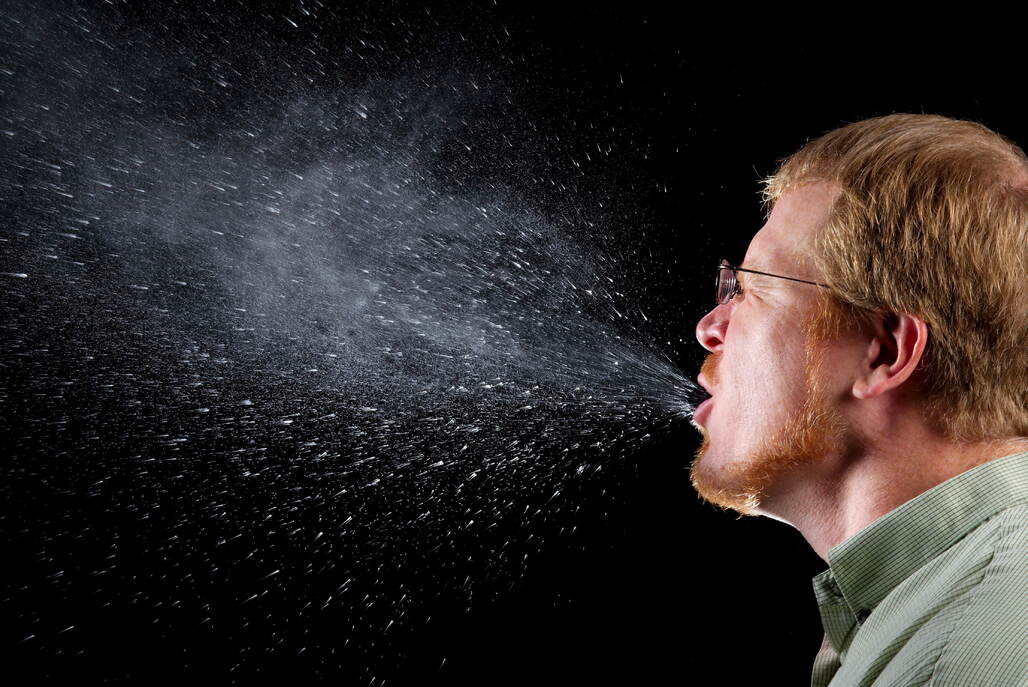
What is the difference between mold and mildew?
The terms mold and mildew may be used interchangeably, but there is a slight difference in definition. Both are fungi, however, mildew is only on the surface of objects and is usually gray or white, while mold can seep into objects and is usually green or black. While mildew can be handled by the homeowner with some simple scrubbing with a household cleaner, mold will require professional cleaning.
Is mold harmful?
Harmful mold includes three different types: allergenic, pathogenic, and toxic. Allergenic can cause allergic reactions like asthma attacks, pathogenic can cause health problems for individuals who have a suppressed immune system, while toxic mold can be dangerous or even fatal. One particularly dangerous toxic mold is Aspergillus parasiticus and Aspergillus flavus, both of which contain aflatoxin b1, a potent carcinogen. Inhaling it may lead to lung cancer.
What is black mold?
The most dangerous is black mold, which typically grows in areas with high humidity. Exposure to it can cause breathing problems, sinus pain, or bad headaches in adults, while in children or infants it can cause neurological damage. The term is used unofficially to refer to molds that produce mycotoxins, however, typically the term is in reference to Stachybotrys Chartarum. How much does it cost to remove black mold? Although slightly more than other types of mold, it is less expensive to deal with black mold now than to deal with expensive medical bills in the future.
Does bleach kill black mold?
It may be your first instinct to clean black mold with bleach, however, the EPA does not recommend it for regular usage. A professional may choose to use it in specific circumstances. If you have a small amount of mold, you as a homeowner may be able to remove the area with bleach. The higher professional black mold remediation costs will ensure the mold is completely destroyed.
Is it safe to stay in a home with black mold?
No, it is not safe to stay in a home with black mold. As we’ve said, black mold can cause health problems. Black mold can also eat away at your home’s infrastructure, creating a potential safety hazard. If you have black mold in your home, leave immediately with your pets and children and call a mold professional. The cost of black mold removal can save your life.
Hiring a Mold Remediation Professional vs. DIY
If mold is in a very small area, at 10 ft or less, then mold removal can be done by yourself without hiring a professional. If you decide to do it yourself, the cost will be around $50 to $300 as you will need to purchase or rent special equipment. For example, a wet vacuum is usually rentable for around $30 a day but can be purchased for $80 - $200. Small removal projects will only require a water and detergent mixture, or a pre-formulated mold solution at your local home improvement store (typically, it costs between $10 to $75). To properly DIY, you will also need safety equipment in order to protect you and your lungs from damage. We recommend wearing gloves, goggles, and an N-95 respirator mask.
If the mold damage exceeds 10 feet, then you will need to hire someone. It is also important to hire a professional if the mold is spread into your HVAC system, as the mold is airborne and can spread throughout your home. We recommend using a professional even if the space is smaller than 10 feet, as mold remediation companies can also assist in a comprehensive inspection of the rest of your home as well as home’s air quality, as well as assistance in preventing future mold growth.
How to Hire a Mold Remediation Company
Although there is not a federal certification for mold inspectors or remediation professionals, some states have specific requirements. For example, mold remediation NJ costs will be different than other states.
How much does it cost to have mold removed in your area? To find the best mold remediation companies, look at House Tipster to ensure you get the best of the best for you and your home.




